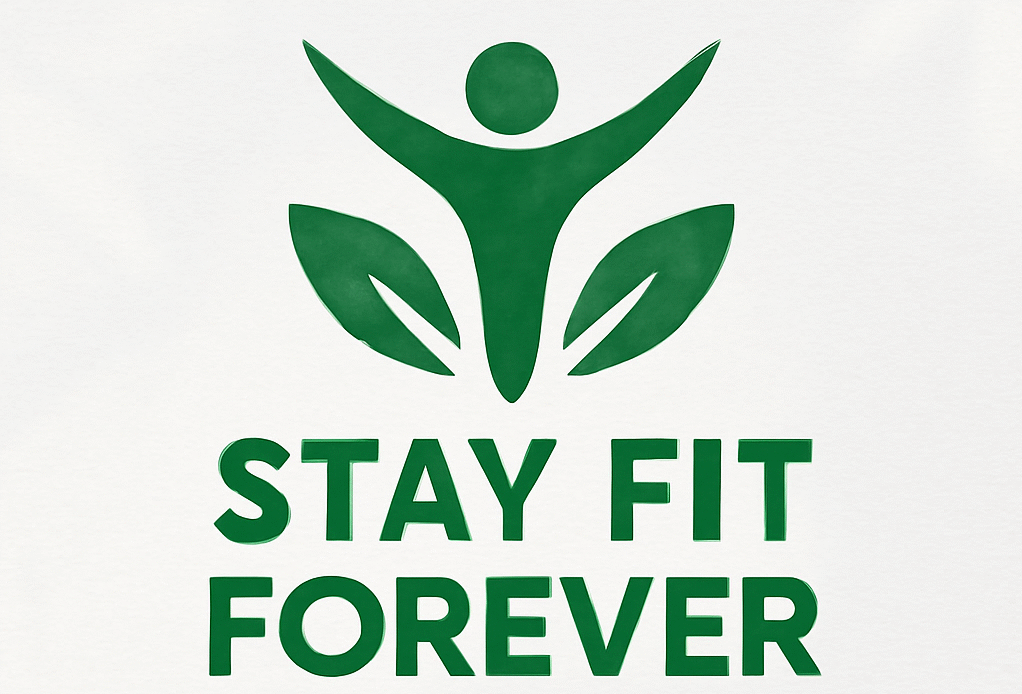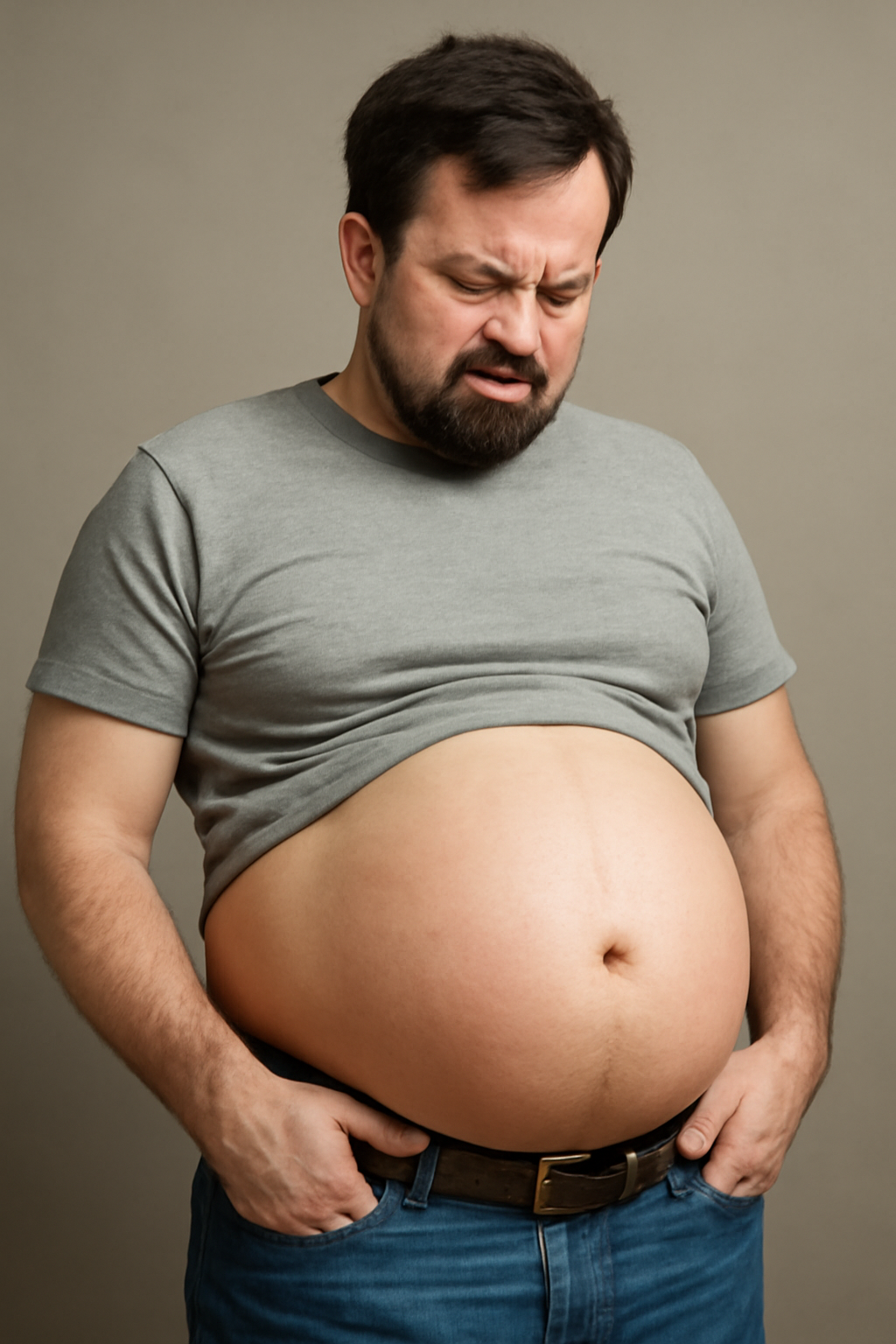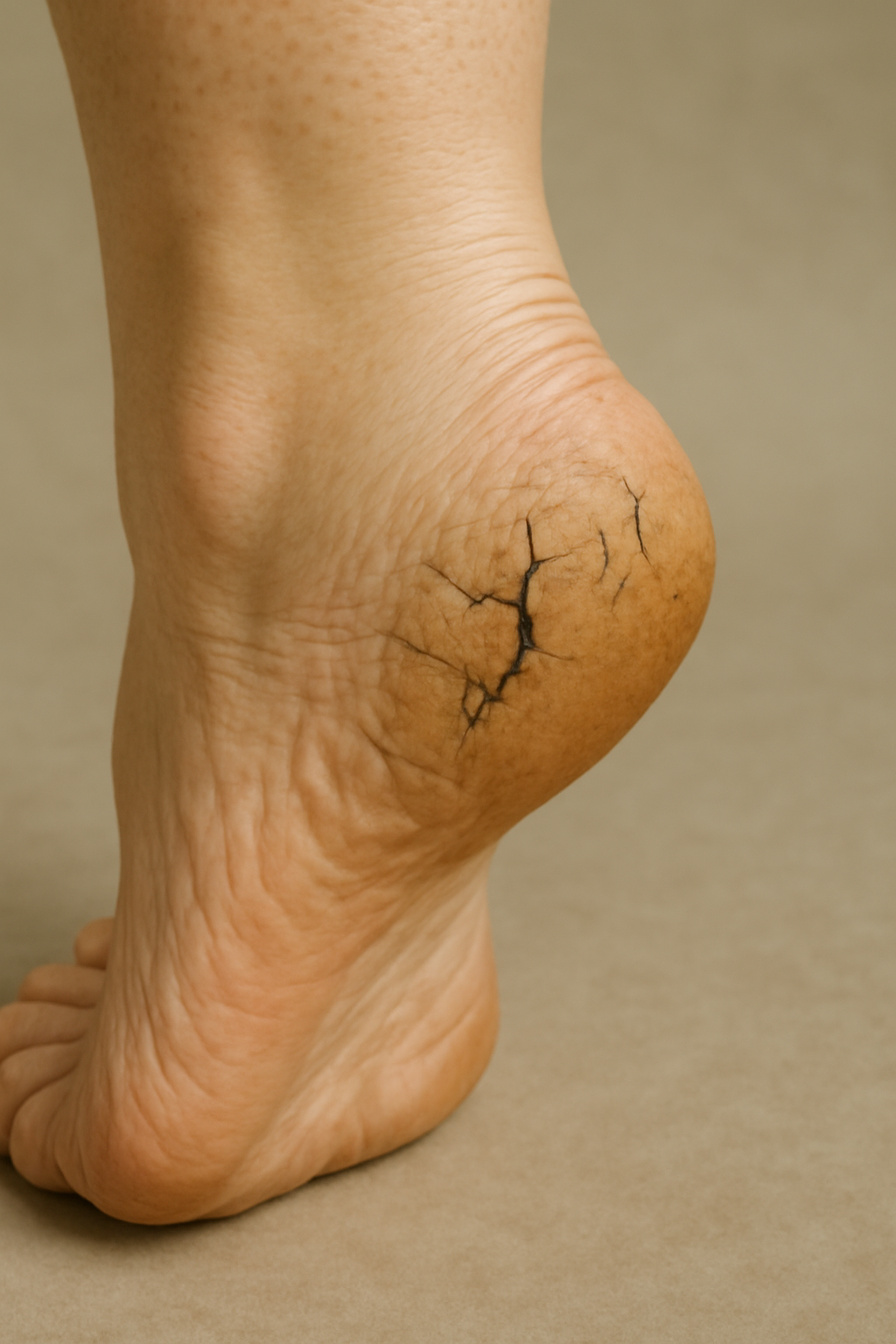Headaches are a common health issue that affects people of all ages. Whether they’re mild or severe, headaches can significantly impact your daily life. While medication is often the go-to solution for many, there are several natural ways to relieve headaches without relying on pharmaceuticals. In this guide, we’ll explore a variety of effective techniques to alleviate headache pain and prevent future episodes.
1. Understanding the Types of Headaches
Before delving into the natural remedies, it’s important to understand the different types of headaches:
- Tension Headaches: These are the most common type of headache and typically cause a dull, aching pain around the head. Stress, poor posture, and muscle tension are often contributing factors.
- Migraine: Migraines are more severe than tension headaches and can be accompanied by symptoms like nausea, vomiting, and sensitivity to light or sound.
- Cluster Headaches: These are intense headaches that occur in cycles or clusters, often focused around one eye. They are rare but very painful.
- Sinus Headaches: These are associated with sinus infections or inflammation. They cause pain in the forehead, cheeks, and eyes, and can be accompanied by congestion.
By understanding the type of headache you’re experiencing, you can choose the most appropriate natural remedy.
2. Hydration: A Simple and Effective Solution
Dehydration is one of the leading causes of headaches. When your body lacks sufficient water, the brain can shrink, causing a painful headache. Drinking water throughout the day can prevent dehydration and help alleviate headache symptoms.
How to Use Hydration to Relieve Headaches:
- Drink Water Regularly: Ensure you’re drinking enough water throughout the day. The general recommendation is to consume about eight 8-ounce glasses of water (roughly 2 liters) per day.
- Electrolyte-Rich Drinks: If you’re dehydrated from sweating or illness, consider drinking an electrolyte solution. This can help restore the balance of salts and fluids in your body.
- Coconut Water: Coconut water is rich in electrolytes and can be particularly helpful for preventing and treating headaches caused by dehydration.
3. Apply Cold or Warm Compress
Cold and warm compresses are both popular and effective methods for reducing headache pain. The type of compress you use depends on the headache’s nature and the area of discomfort.
How to Use Cold Compress for Headache Relief:
- Cold for Migraines: For migraines or tension headaches, apply a cold compress to your forehead or the back of your neck. The cold temperature can reduce inflammation and numb the pain.
- Ice Pack: Wrap ice cubes in a cloth or use an ice pack and place it on your temples or forehead for 15-20 minutes. This can help ease the pain of migraines and tension headaches.
How to Use Warm Compress for Headache Relief:
- Heat for Tension: If your headache is due to tension in the neck or shoulder area, a warm compress can help relax the muscles. Apply a heating pad or warm towel to the back of your neck or across your forehead to reduce the pain.
- Shower or Bath: A warm shower or bath can also help to relieve tension headaches. The heat helps to soothe muscle tightness and improve blood circulation, which can alleviate the pain.
4. Massage Therapy for Headache Relief
Massage is a natural, hands-on technique that can relieve muscle tension, stress, and headaches. A simple self-massage or a professional massage can help relax tight muscles and improve blood flow to the head and neck, reducing headache pain.
How to Perform a Self-Massage :
- Scalp Massage: Using your fingertips, gently massage your scalp in circular motions. Focus on the areas around your temples and the base of your skull, where tension often accumulates.
- Neck and Shoulder Massage: Tension in the neck and shoulders can often lead to headaches. Use your fingers to gently massage your neck, shoulders, and the area between your shoulder blades.
- Temple Massage: Gently massage your temples with your fingers in a circular motion. Apply light pressure and gradually increase as needed.
5. Aromatherapy and Essential Oils
Essential oils have been used for centuries to promote relaxation, reduce pain, and alleviate various ailments, including headaches. Different oils have varying therapeutic benefits, making them a great alternative to medication.
How to Use Essential Oils :
- Peppermint Oil: Peppermint oil is one of the most popular oils used for headaches. It contains menthol, which can help relax the muscles around the head and neck. Apply diluted peppermint oil to your temples and massage it in gently.
- Lavender Oil: Lavender is known for its calming properties. Inhaling lavender oil has been shown to reduce the intensity of headaches and migraines. You can diffuse the oil in your room or inhale it directly from the bottle.
- Eucalyptus Oil: Eucalyptus oil can help relieve sinus headaches by opening up the nasal passages. Apply a few drops of diluted eucalyptus oil to your chest or inhale it directly.
How to Use Aromatherapy:
- Diffuser: Use an essential oil diffuser to disperse the oils into the air, creating a calming environment.
- Inhalation: Add a few drops of essential oil to a bowl of hot water, then inhale the steam. Alternatively, inhale the aroma directly from the bottle.
6. Practice Deep Breathing and Relaxation Techniques
Stress is a common trigger for headaches, especially tension headaches. Practicing relaxation techniques like deep breathing, meditation, and mindfulness can help reduce stress and prevent headaches from occurring.
How to Use Deep Breathing :
- Belly Breathing: Sit in a comfortable position and place one hand on your belly. Inhale deeply through your nose, allowing your belly to rise as your lungs fill with air. Exhale slowly through your mouth, allowing your belly to fall. Continue this process for a few minutes to relax your body and reduce tension.
- 4-7-8 Breathing Technique: Inhale through your nose for a count of 4, hold your breath for a count of 7, and exhale slowly for a count of 8. Repeat this cycle several times to help calm your nervous system and reduce headache symptoms.
Meditation and Mindfulness:
- Guided Meditation: Use a guided meditation app or video to walk you through a relaxing session. Focusing on your breath and clearing your mind can help alleviate the stress that contributes to headaches.
- Mindful Movement: Yoga and Tai Chi are excellent ways to combine relaxation with gentle movement. These practices help improve circulation, reduce muscle tension, and alleviate the physical stress that often leads to headaches.
7. Adjust Your Posture for Headache Relief
Poor posture is a common cause of tension headaches. When you slouch or maintain an improper posture for long periods, it can lead to muscle tension in the neck, shoulders, and upper back, triggering a headache.
Tips for Improving Posture:
- Sit with Proper Alignment: Keep your back straight and your shoulders back when sitting. Make sure your ears are aligned with your shoulders, and avoid slouching.
- Adjust Your Computer Setup: If you spend a lot of time at a computer, make sure your monitor is at eye level to prevent neck strain. Sit back in your chair with your feet flat on the floor, and keep your wrists in a neutral position.
- Take Frequent Breaks: If you’re sitting for long periods, stand up, stretch, and walk around every 30 minutes to prevent stiffness and tension buildup.
8. Stay Away from Triggers
Identifying and avoiding headache triggers can help reduce the frequency and severity of headaches. Some common triggers include certain foods, environmental factors, and lifestyle habits.
Common Triggers:
- Caffeine: For some people, too much caffeine or sudden withdrawal from caffeine can trigger headaches.
- Strong Smells: Strong perfumes, cigarette smoke, and other strong odors can act as headache triggers.
- Bright Lights and Loud Noises: Migraines, in particular, can be triggered by bright lights, loud noises, or even strong sensory stimuli.
Tips for Avoiding Triggers:
- Keep a Headache Journal: Keep track of when your headaches occur and note what might have triggered them. This will help you identify patterns and avoid specific triggers in the future.
- Create a Calm Environment: If you’re sensitive to lights and sounds, try to create a calm environment by dimming the lights and reducing noise.
9. Acupressure for Headache Relief
Acupressure is an ancient healing technique that involves applying pressure to specific points on the body. It’s thought to help relieve pain, reduce stress, and improve overall well-being.
Common Acupressure Points for Headaches:
- The “Third Eye” Point: This point is located between the eyebrows, just above the nose. Apply gentle pressure with your thumb and forefinger for several seconds to relieve tension.
- The Shoulder Point: This point is located on the top of your shoulder, halfway between your neck and your shoulder joint. Gently massage this area to reduce tension headaches.
- The Webbing Between Your Thumb and Index Finger: Known as the “Hegu” point, massaging this area can help relieve tension in the head and neck.
10. Regular Exercise for Headache Relief
Exercise is not only great for overall health, but it also has direct benefits for headache prevention and relief. Physical activity can improve circulation, reduce muscle tension, and boost the production of endorphins, which are natural pain relievers.
How to Use Exercise
- Aerobic Exercise: Activities like walking, jogging, swimming, or cycling can increase blood flow and release tension.
- Stretching: Incorporate stretches for your neck, shoulders, and back to help relieve muscle tension and reduce the risk of tension headaches.
- Yoga: Certain yoga poses, such as the child’s pose, cat-cow stretch, and downward dog, can help relieve tension and improve flexibility.
11. Improve Sleep Quality
Lack of sleep or poor sleep quality is a common cause of headaches. Ensuring that you get enough restful sleep each night can help prevent headaches and reduce their intensity.
Tips for Better Sleep:
- Create a Sleep-Friendly Environment: Keep your bedroom dark, quiet, and cool to encourage restful sleep. Use earplugs or a white noise machine if necessary to block out noise.
- Establish a Regular Sleep Schedule: Go to bed and wake up at the same time each day, even on weekends, to regulate your body’s internal clock.
- Limit Screen Time Before Bed: The blue light emitted by phones, tablets, and computers can interfere with your ability to fall asleep. Avoid screens for at least an hour before bed.
In conclusion, there are numerous natural methods for relieving headaches without medication. By staying hydrated, applying cold or warm compresses, using aromatherapy, practicing relaxation techniques, adjusting your posture, and identifying triggers, you can manage headache pain effectively. Regular exercise, acupressure, improving sleep quality, and seeking professional help when necessary can also play a key role in headache prevention and overall well-being.
By incorporating these natural techniques into your routine, you can reduce the frequency and severity of headaches, improve your quality of life, and promote better health in the long run.



